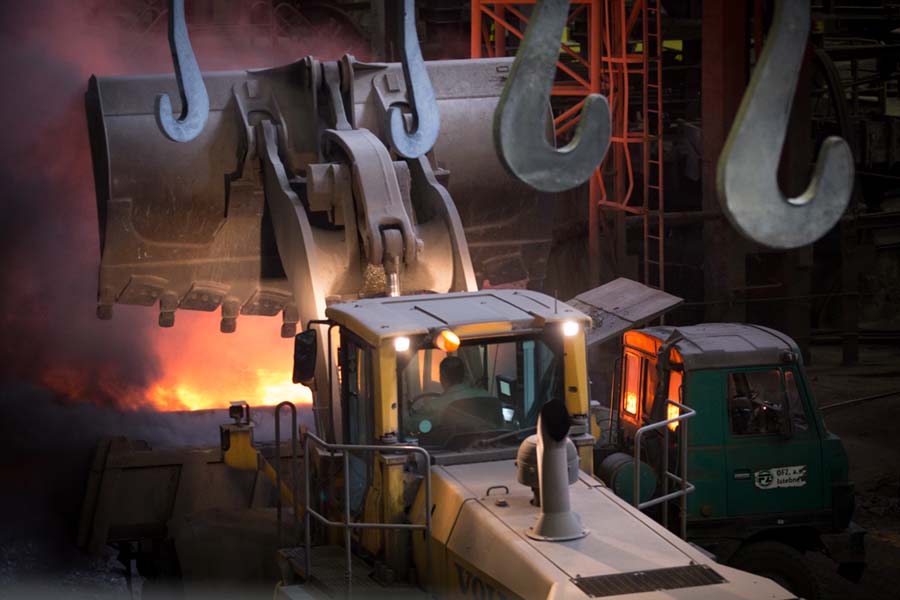
08 5月 Tiwai Aluminium
Tiwai Aluminium used the ceramic foam filter from Adtech
Tiwai Aluminium often uses 178 × 178 × 50mm, 230 × 230 × 50mm, 305 × 305 × 50mm, 381 × 381 × 50mm, 432 × 432 × 50mm, 508 × 508 × 50mm, 584 in the production process of aluminum and aluminum alloy × 584 × 50mm.

Size and shape deviation
For the deviation of the size and shape of the foam ceramic filter plate, Tiwai Aluminium mainly considers the allowable deviation of the side length, the allowable deviation of the diagonal length, the plane gap, the allowable deviation of the thickness, and the allowable deviation of the inclined angle 5 indicators.
The ceramic foam filter used by Tiwai Aluminium has a thickness of 50mm and a side bevel of 17.5 °.
Before use, check the light transmittance of the ceramic foam filter.
The higher the light transmittance, the fewer blind holes, the more effective filter holes (display holes), the better the filtering effect.
Tiwai Aluminium is tested according to the following standards.
The ceramic foam filter is placed on a light box with a built-in 200W incandescent bulb, and a square transparent plastic plate with a uniform 5.0 × 5.0mm square is used to determine the area of the filter plate that can transmit light, so as to calculate the light transmittance of the filter plate Method to determine the light transmittance of the filter plate.
The light transmittance (through rate) of ceramic foam filter is specified to be above 95%.
Porosity refers to the percentage of the total volume of pores in the filter plate product to the total volume of the filter plate product.
The porosity determines the filtration capacity of the foam ceramic filter plate per unit volume. The larger the porosity, the greater the filtration flow of the filter plate and the stronger the filtration capability, and vice versa.
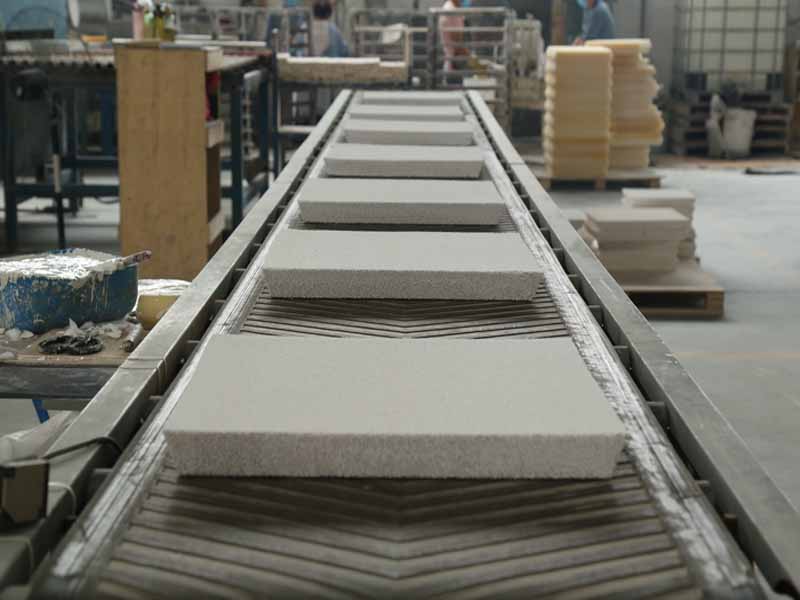
There are currently two main methods for determining porosity.
One is to calculate the volume of the holes in the filter plate according to Archimedes’s law, that is, fill the glass beaker with overflow pipe until the water flows out of the overflow pipe. All the samples are gently placed in the water. At this time, the water flows out of the overflow pipe, and the volume of the water in this part is measured. The physical volume of the filter plate is subtracted from the overflowed water volume, which is the total hole in the filter plate. volume.


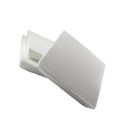
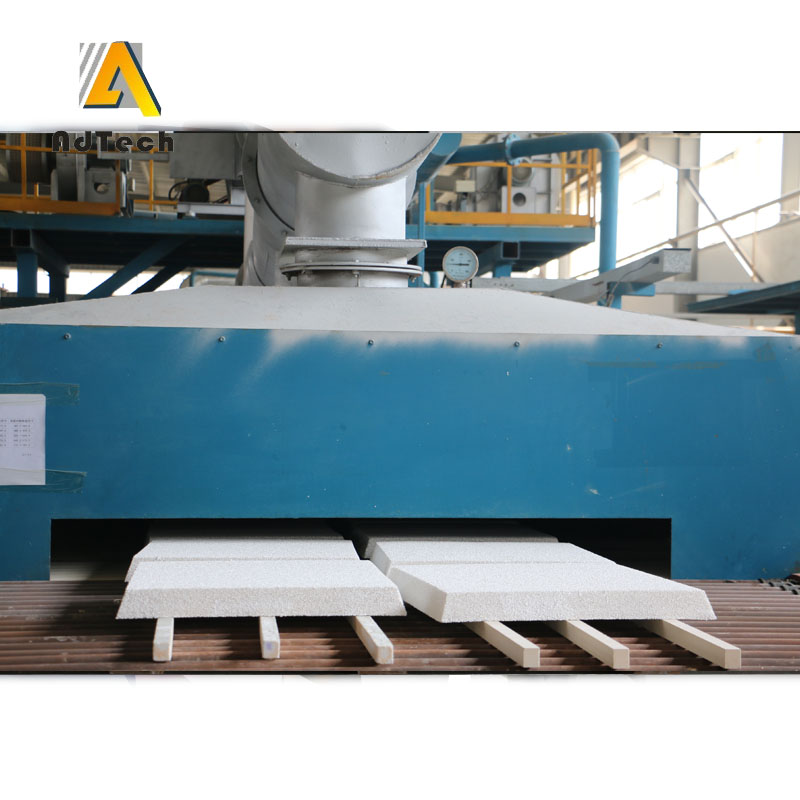
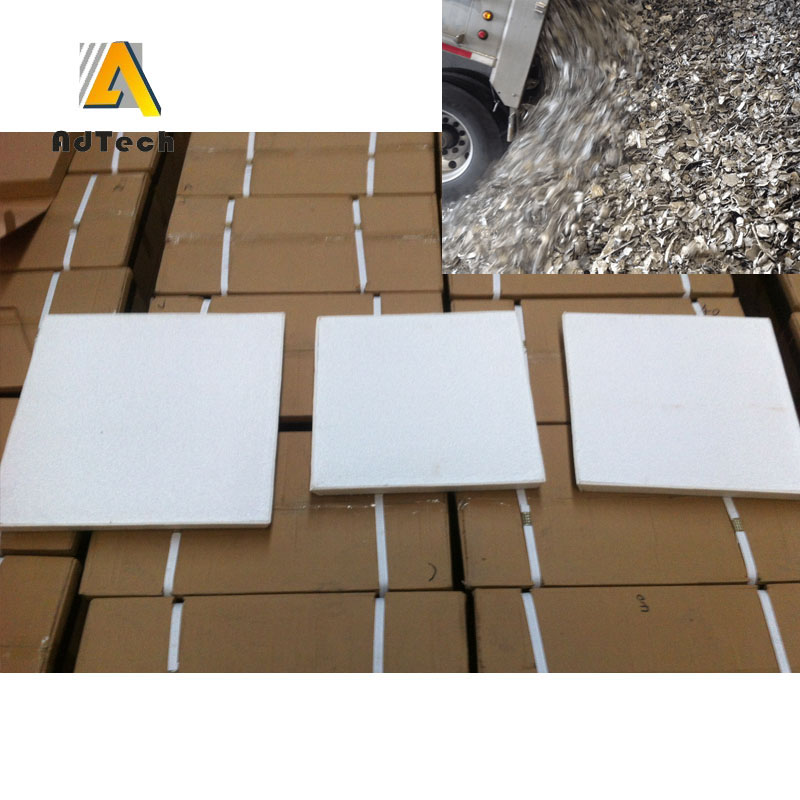
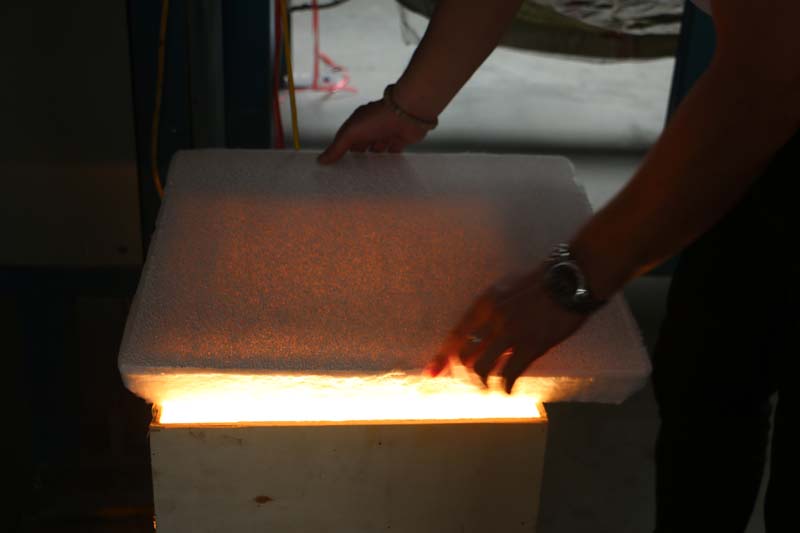
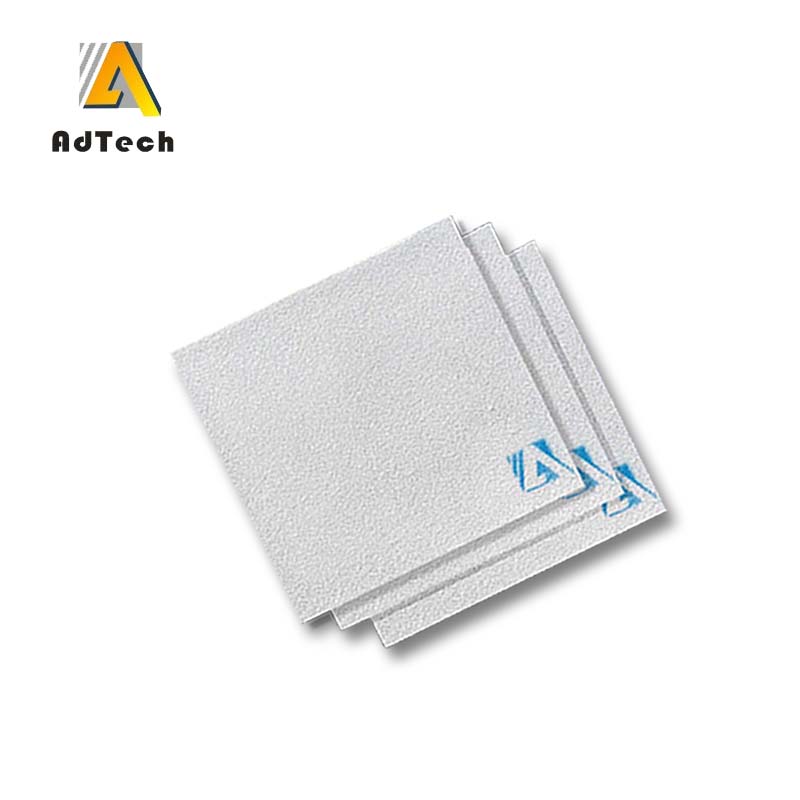
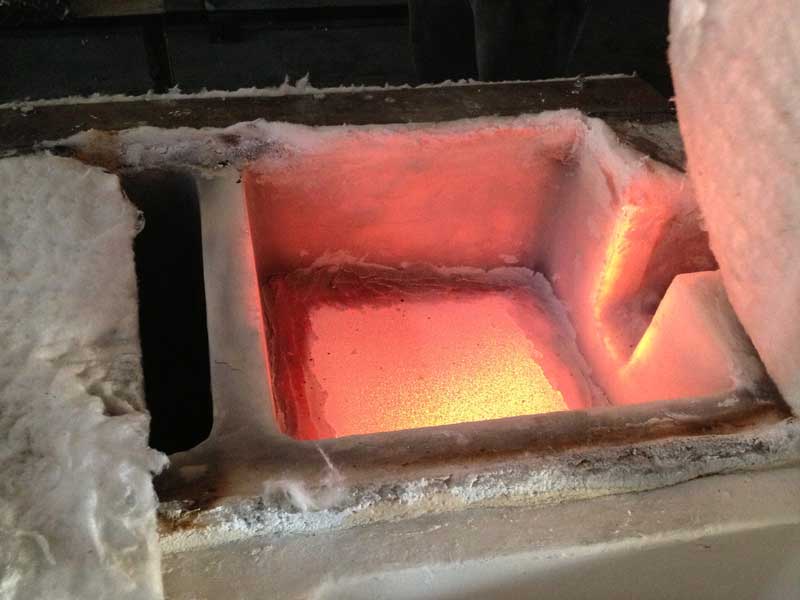
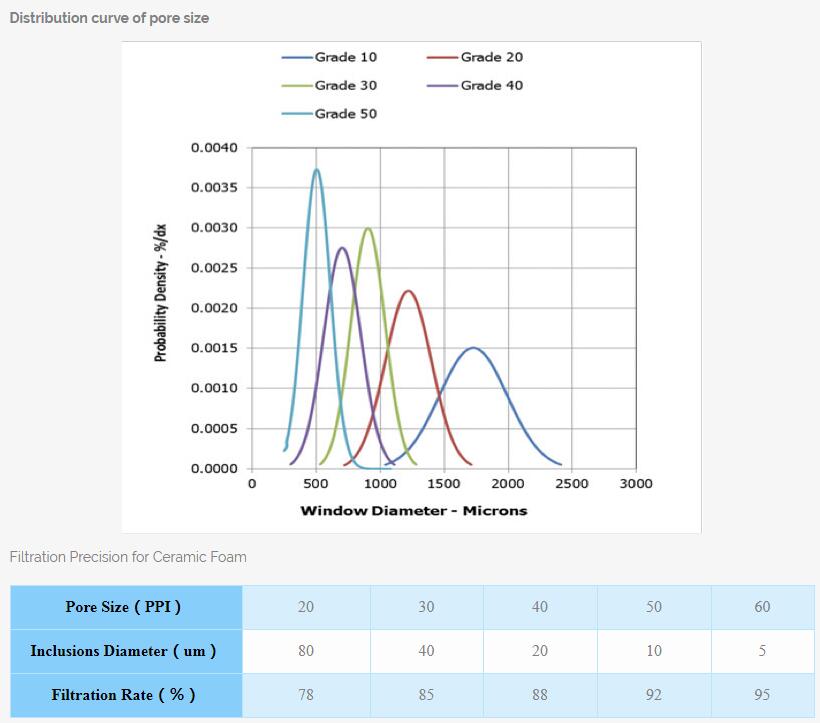
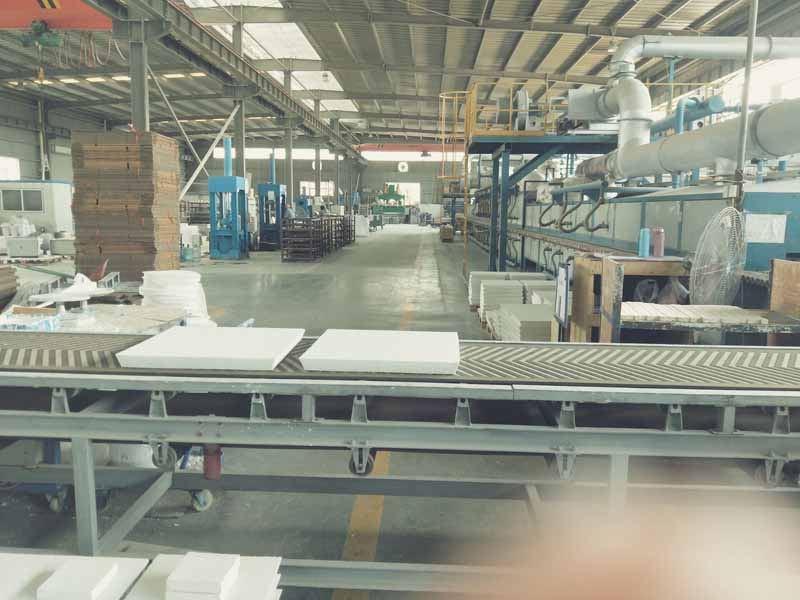
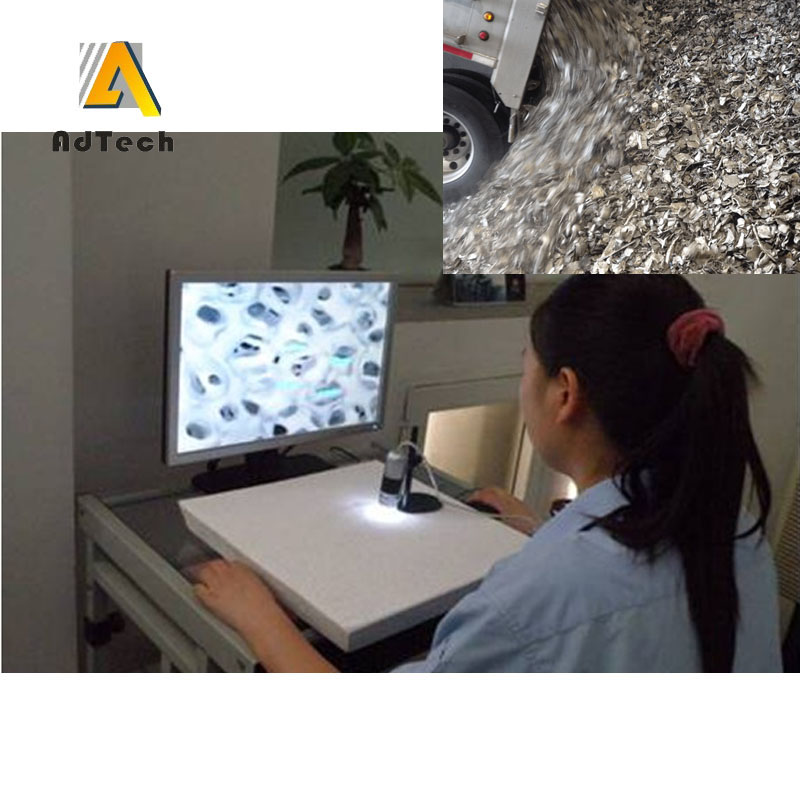
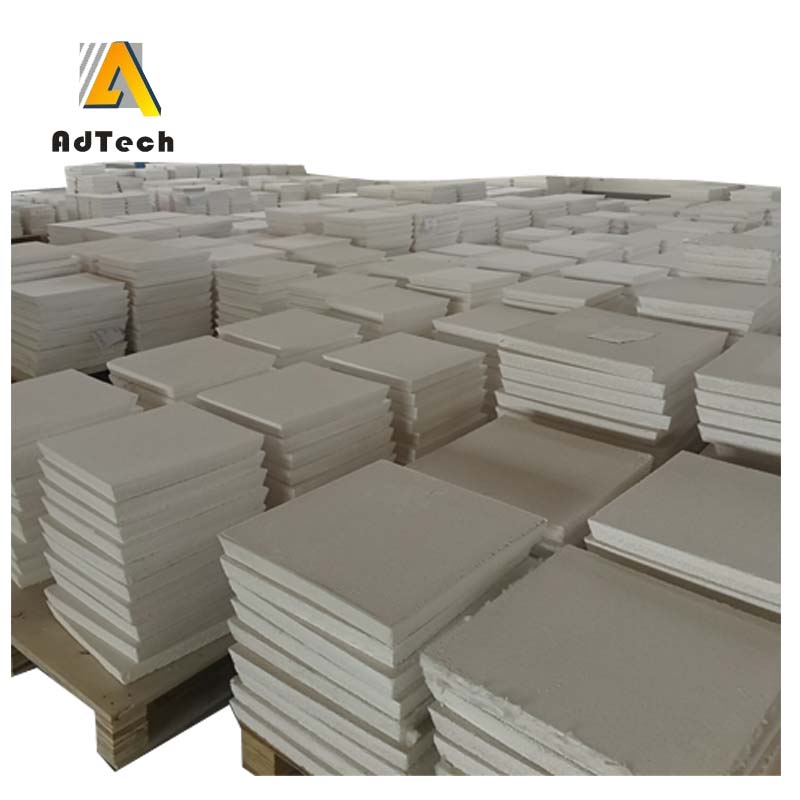
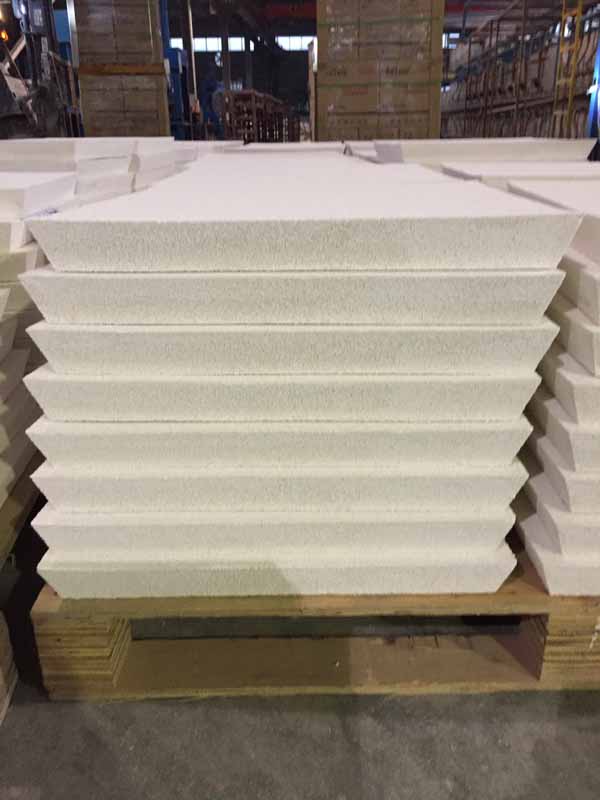
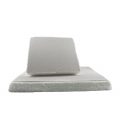
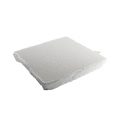
Sorry, the comment form is closed at this time.